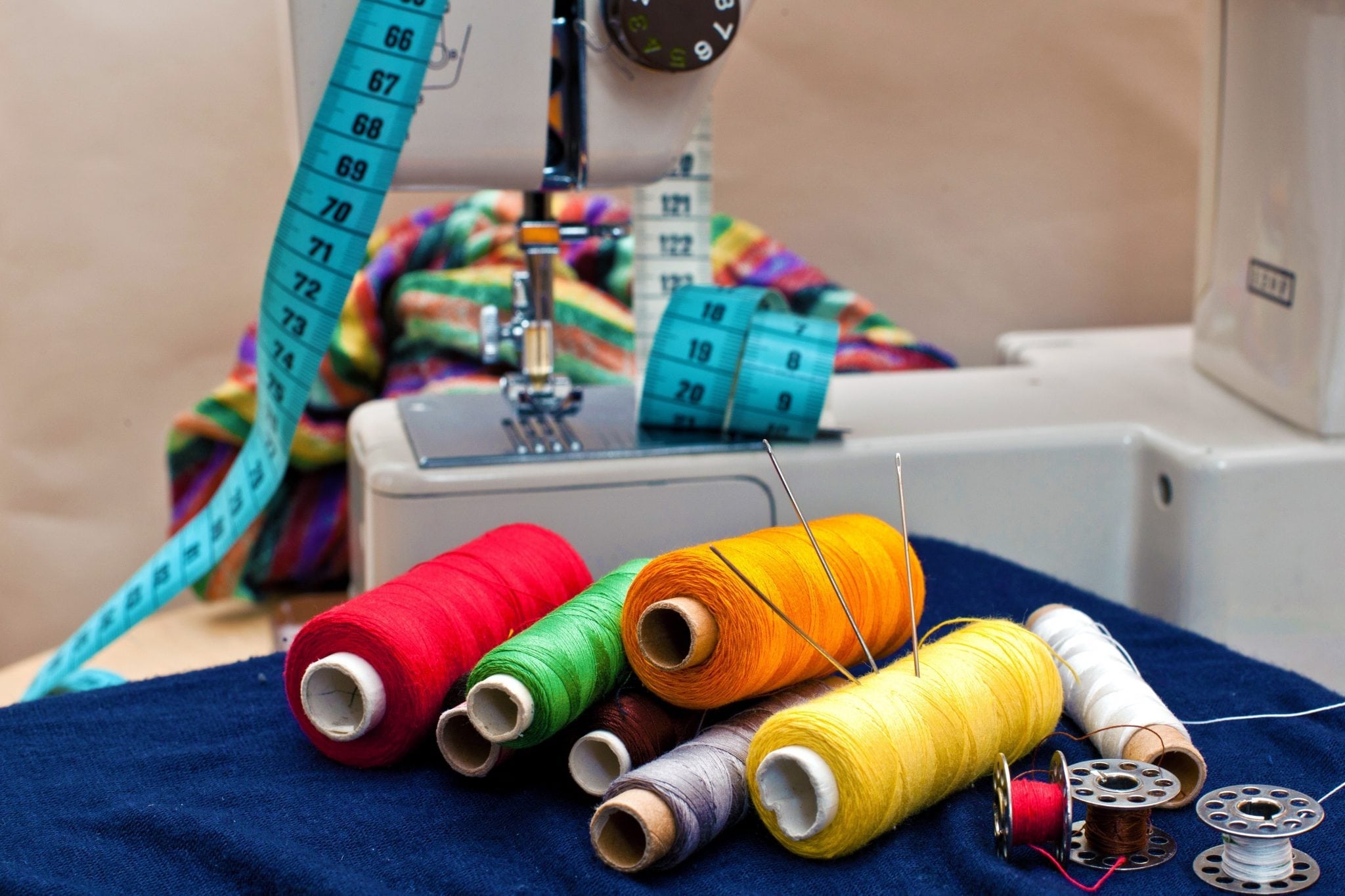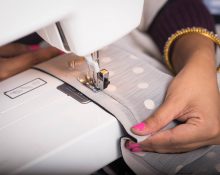To sew yourself a stylish skirt or an elegant dress, desire alone is not enough. You will have to learn the basics of cutting and sewing and practice a lot. But don't be afraid. Sewing is a fascinating, creative process that can become both an interesting hobby and an additional source of income. Start small - read this article. It contains answers to the most popular questions from beginning craftswomen.

Sewing for beginners on a sewing machine
The Internet contains a huge number of courses, master classes, videos that you can use learn to sew. There are materials that are completely free, but there are also those for which you need to pay. You can take offline courses, buy cutting and sewing textbooks, or learn the basics on your own, without outside help. Which option to choose is up to you.
Is it possible to learn to sew on a machine yourself?
It's definitely possible.Good structured courses provide a good base, but if you have a strong desire to learn on your own, it is possible to do so (although it will take much more time). Such training is completely free, and you can gain knowledge at your own pace.
When learning the basics of sewing on your own, it is important to consider several nuances:
- any video, master class or textbook will not give anything without practice - it is important to train and apply the acquired knowledge immediately, without delay;
- training materials are different, not all of them are equally useful, so carefully read the comments on the video, reviews of master classes (even free ones);
- always start with something simple, but don’t forget that the task needs to be constantly complicated: for example, you’ve learned how to sew potholders - feel free to move on to aprons.

Where to begin?
The most important thing is to understand why you want to learn to sew. Perhaps you just want to learn a new skill? Or do you want to sew clothes for yourself and your loved ones so as not to buy them in the store? Another option is to sew to order and get paid for it.
Depending on your goals, you need to decide which machine is best to buy. If your plans are ambitious, buy a modern device with touch controls and a large number of functions. If you want to sew little things for yourself, you can buy a machine second-hand.
After this, you need to decide how your training will take place. Obviously, the first step is to study the theory: the structure of the machine, rules of use, main types of stitches, etc. You can start practicing right away, but it’s better to make test samples on unnecessary scraps of inexpensive materials (thick knitwear, chintz, cotton).

What will you need?
The most important thing is patience and a great desire to learn new things.But you won't get far with this alone. You will also need:
- naturally, a typewriter;
- threads (preferably synthetic);
- set of needles;
- tailor's scissors;
- scraps of fabric.
This is the basic set with which to begin training. Over time, it will be replenished with new tools and materials.

Do you always need to cut?
The first timid attempts to sew at least something are behind you: your stitches have become neat. This means it’s time to move to the next level and start sewing real products. Here, many beginning craftswomen have a question: “Is it always necessary to cut?”
Cutting is a tedious task when you have to take a bunch of measurements, draw out the fabric and cut out every detail. Many people don't like this activity. But high-quality sewing without cutting is impossible. And that's why:
- this way you can use the fabric as economically as possible (this is important when sewing clothes to order or from expensive materials);
- the risk that you will sew something wrong is reduced to zero;
- It is easier to sew the cut parts together than those cut out by eye, which means time is also saved.
It turns out that you need to cut, especially if you are sewing a complex product. This job can be made easier. For example, you can cut out parts not on the floor, but on a comfortable, flat table. It is better to use sharp scissors for cutting, and special pencils for drawings on fabric, rather than soap residue. It is recommended to iron the material in advance and use colored needles to attach individual parts. Then the cutting will be easy and painless, and you will quickly get used to this monotonous process.

@samodelkino.info
Useful tips for beginners
Every seamstress has secrets that help them in their work. Here are the most famous:
- There is no need to spare money on materials and tools. We are talking about threads, needles, scissors.You can save on fabric: while you are studying, there is no point in buying expensive materials.
- Once the basics are covered, don't be afraid to move on to sewing more complex items. But it is important to focus on one thing. For example, at first you can sew children's clothes, dressing gowns or towels. Then – again complicate the task for yourself.
- If the machine does not behave as usual, do not rush to sew. Check the settings, see if the needle is working properly, if the thread is intact. When a breakdown is obvious, do not self-medicate: it is better to immediately take the device to a workshop.
- Don't neglect test sewing. This will help you notice errors and malfunctions in time, and therefore not damage the main product.
- We must not forget about constant fitting and correct patterns, especially if you sew clothes. The more attention is paid to these processes, the better the work.
Don't be afraid to try new things! Sewing is a wonderful hobby that can turn into a job you love. It is enough to try a few times to understand how interesting this process is.


 0
0





